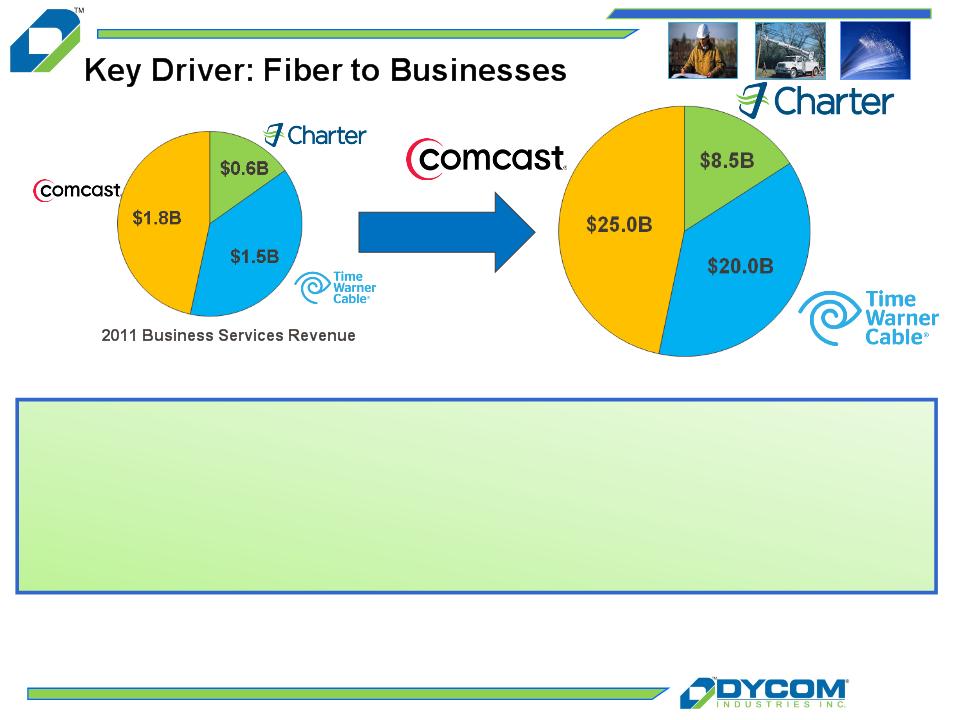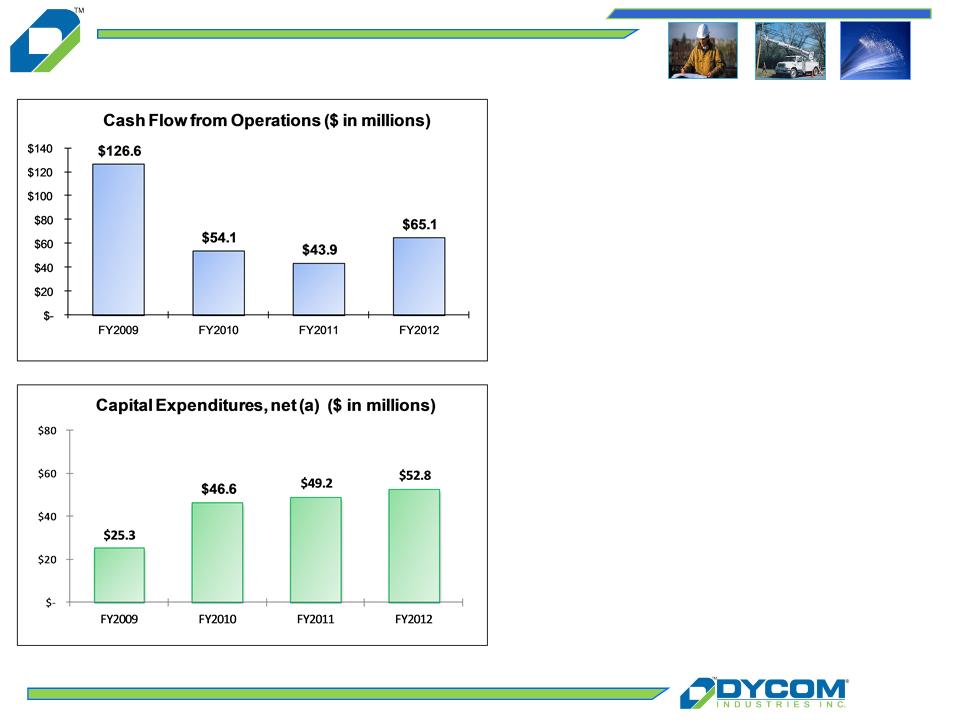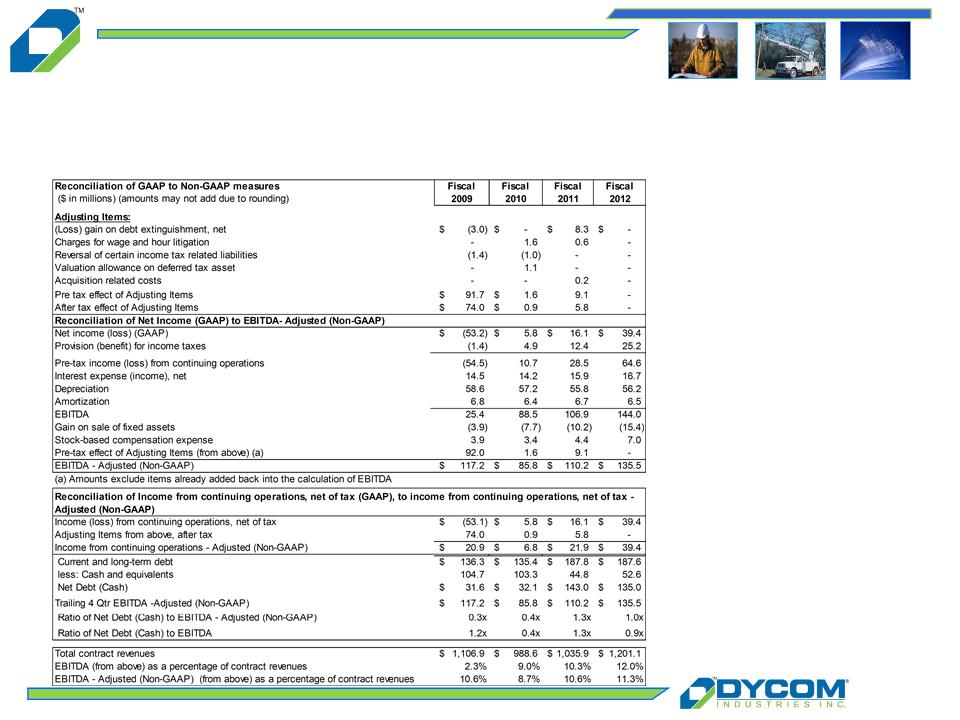1
Forward-Looking Statements and Non-GAAP
Information
Forward-Looking Statements and Non-GAAP
Information
This presentation contains “forward-looking statements” which are statements relating to future events, future
financial performance, strategies, expectations, and competitive environment. All statements, other than
statements of historical facts, contained in this presentation, including statements regarding our future financial
position, future revenue, prospects, plans and objectives of management, are forward-looking statements.
Words such as “believe,” “expect,” “anticipate,” “estimate,” “intend,” “forecast,” “may,” “should,” “could,” “project,”
“looking ahead” and similar expressions, as well as statements in future tense, identify forward-looking
statements. You should not read forward looking statements as a guarantee of future performance or results.
They will not necessarily be accurate indications of whether or at what time such performance or results will be
achieved. Forward-looking statements are based on information available at the time those statements are
made and/or management’s good faith belief at that time with respect to future events. Such statements are
subject to risks and uncertainties that could cause actual performance or results to differ materially from those
expressed in or suggested by the forward-looking statements. Important factors that could cause such
differences include, but are not limited to factors described under Item 1A, “Risk Factors” of the Company’s
Annual Report on Form 10-K for the year ended July 28, 2012, and other risks outlined in the Company’s
periodic filings with the Securities and Exchange Commission (“SEC”). The forward-looking statements in this
presentation are expressly qualified in their entirety by this cautionary statement. Except as required by law, the
Company may not update forward-looking statements even though its situation may change in the future.
This presentation includes certain “Non-GAAP” financial measures as defined by SEC rules. We believe that the
presentation of certain Non-GAAP financial measures provides information that is useful to investors because it
allows for a more direct comparison of our performance for the period with our performance in the comparable
��prior-year periods. As required by the SEC, we have provided a reconciliation of those measures to the most
directly comparable GAAP measures on the Regulation G slides included at the end of this presentation. We
caution that Non-GAAP financial measures should be considered in addition to, but not as a substitute for, our
reported GAAP results.






























